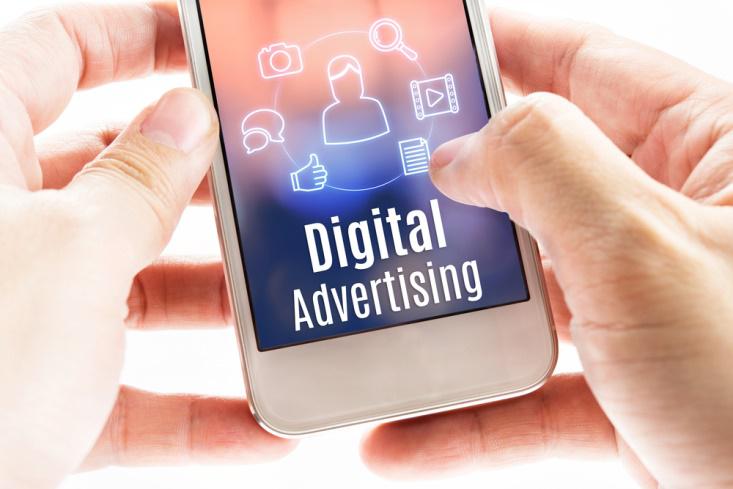
Native advertising is one of the fastest-growing marketing tactics on the Web these days. As marketers refine their efforts to more effectively reach their target audience, capture leads, and convert users into customers, native advertising seems to fit the bill. After all, according Inc. magazine, 70 percent of people would rather learn about products and services via content than advertising, and most are more likely to see, and click, on native advertising than on traditional banner ads. In addition, native advertisements are shared far more often than other ads.
For all of the data showing that native advertising works, though, there is still a lot of confusion about what it really is and whether or not it’s right for your business. Before you jump on the native bandwagon, it’s important to understand what it is — and is not — and how to incorporate it into your marketing mix correctly.

Native Advertising vs. Content Marketing
In many ways, native advertising doesn’t look or feel all that different from content marketing, but there some profound differences between them.
Content marketing is intended to drive customer behavior by distributing high-quality, relevant, and valuable content on a consistent basis. Most content marketing takes place on your own channels, such as your website, blog, YouTube channel, and social media accounts. You might work with other sites to place guest blogs, or create content for specific channels, but you essentially control the distribution of your content.
Native advertising is similar to content marketing in that you create content that isn’t an advertisement per se. You aren’t focused on describing your product or service with the intent of getting customers to buy. Instead, you’re offering something relevant or useful to the audience of another site — something that looks and feels like the other content on the site. Like any other advertising, you pay to have your content appear on those sites, so you give up some level of control about how it feels.
Another key aspect of native advertising is that your content is clearly marked as such. Your post may be designated as advertising, listed as a sponsored post, or otherwise delineated as a paid placement. The idea is to present your material to the readers, without disrupting their experience. When done effectively, engagement goes up.
The increased engagement with native advertising is just one reason that many companies are jumping on the native bandwagon. In addition, many publishers and companies that have tried the tactic report that the native content is viewed as much as, and in some cases more, than non-sponsored content — and always more often than traditional advertising.

Native advertising is also being touted as a powerful brand-building technique. Not only does high-quality content support your brand message, but studies also indicate that consumers have higher levels of brand trust and recall after viewing native ads that they feel are high quality. Studies also show that native advertising increases brand-specific search queries.
Still, there are some drawbacks to native advertising, and most of them come back to the advertiser. If your native content isn’t clearly marked as advertising, or if it’s low quality, irrelevant, or disruptive, it could have a detrimental effect on your brand and future content marketing efforts.
If your company is engaged in any type of content marketing, native advertising can be a valuable addition to your marketing mix. However, before you sign up and start adding your stuff to content advertising networks, ask a few important questions:
- Who am I trying to reach? Traditional content marketing allows you to reach specific, targeted audiences more effectively than native advertising. Native might help you reach a larger audience, but unless you are sure that it’s the right audience, you could be wasting time and money. Be clear on your target demographic, and carefully place your content where they will see it.
- What is my budget? Native advertising — good quality native advertising — is not a bargain-basement tactic. To reach the widest audience via high-quality publishers, you have to invest some money. That’s not to say that native is out of reach for small businesses, as there are plenty of lower-cost opportunities available, but again, you need to be certain that you’re reaching your audience to get the greatest ROI.
- What are my goals? An important question for any marketing tactic, when it comes to native, it’s vital. What are you hoping to accomplish, and how will you measure success? Compare that against the strengths of native to evaluate your choice.
Native advertising is already in position to become the marketing star of 2016. Before you dive in, though, evaluate how it will benefit your business, and take a strategic approach to maximize your investment.

IntelligentHQ Your New Business Network.
IntelligentHQ is a Business network and an expert source for finance, capital markets and intelligence for thousands of global business professionals, startups, and companies.
We exist at the point of intersection between technology, social media, finance and innovation.
IntelligentHQ leverages innovation and scale of social digital technology, analytics, news and distribution to create an unparalleled, full digital medium and social business network spectrum.
IntelligentHQ is working hard, to become a trusted, and indispensable source of business news and analytics, within financial services and its associated supply chains and ecosystems.



























